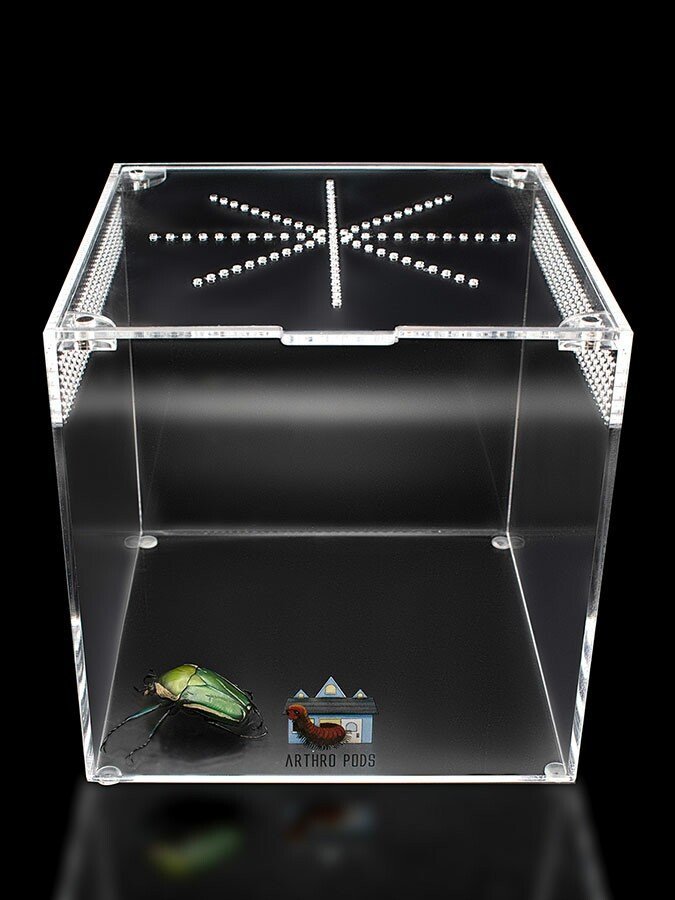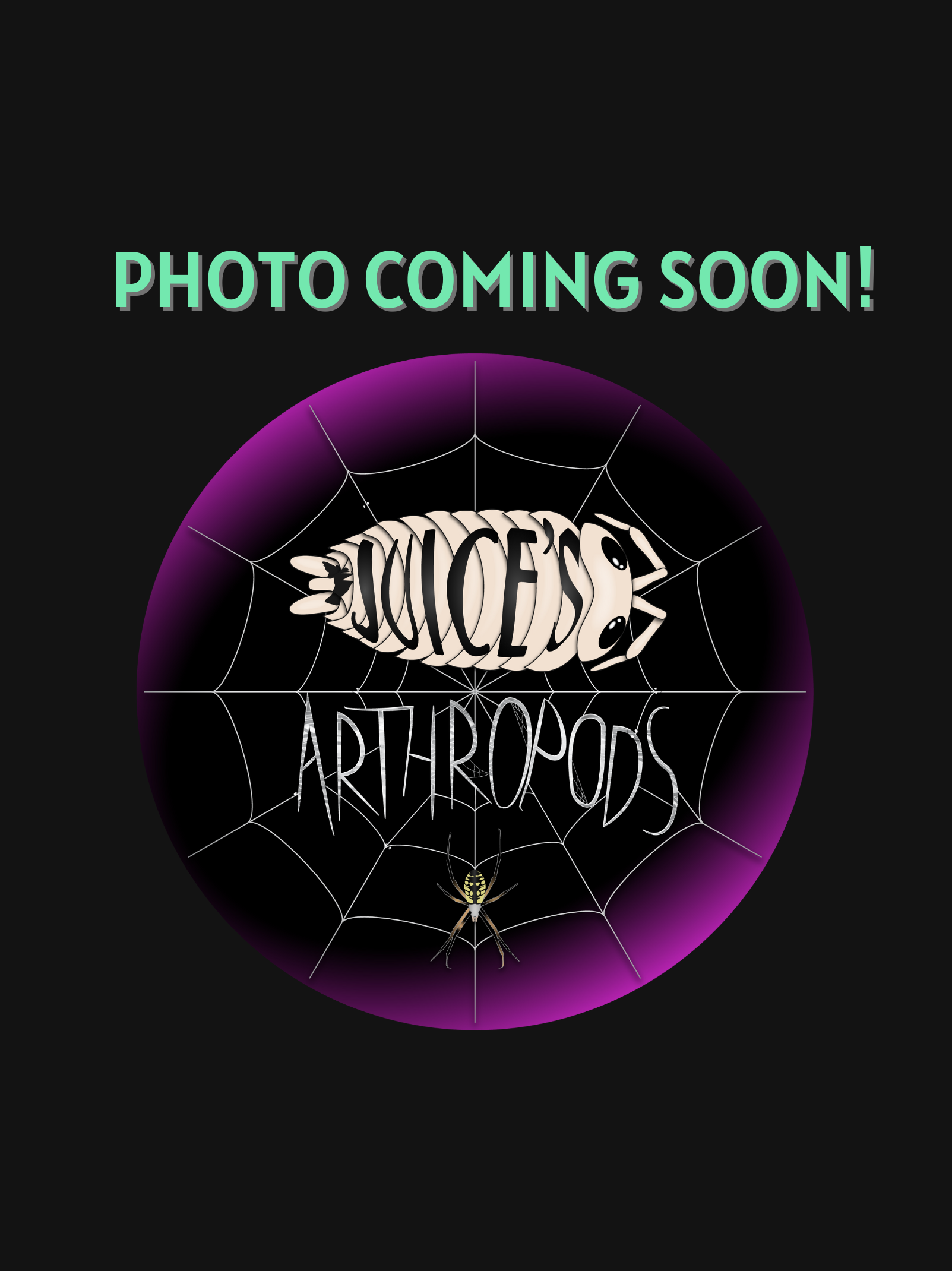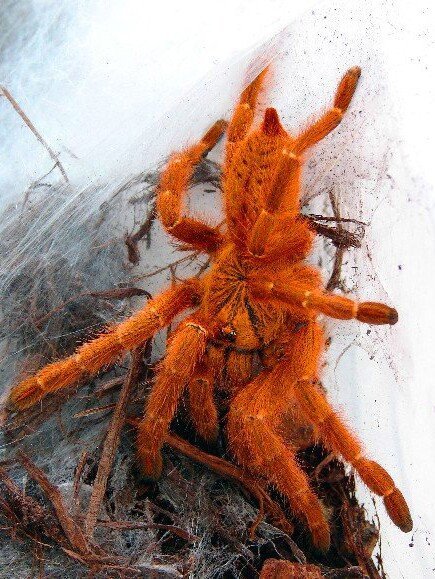What’s the ideal diet for a Purcell’s Baboon Tarantula?
All Tarantulas can eat a variety of feeders. We recommend crickets, dubia roaches, silkworms, horned worms occasionally, and a superworm or mealworm as the occasional treat!
How should I keep a Purcell’s Baboon Tarantula?
We recommend starting with a small Fossorial Fissure enclosure for this particular creature. When they are about ⅓ the size, you will want to upgrade to a medium or large Fossorial Fissure enclosure. As slings, feed them once a week. Twice if their opisthosoma (abdomen) looks small, but if the opisthosoma is wider than their prosoma (cephalothorax), then wait a couple of days to feed. For juveniles or adults, stick to feeding once a week, nothing larger than their opisthosoma. Make sure to keep a full water dish at all times; wider and deeper is fine. Your tarantula can’t drown; they float on water.
How long could a Purcell’s Baboon Tarantula live?
Females are stated to live between 20+ years, and males, on average live between 6 years. These are the best estimates from multiple sources.










